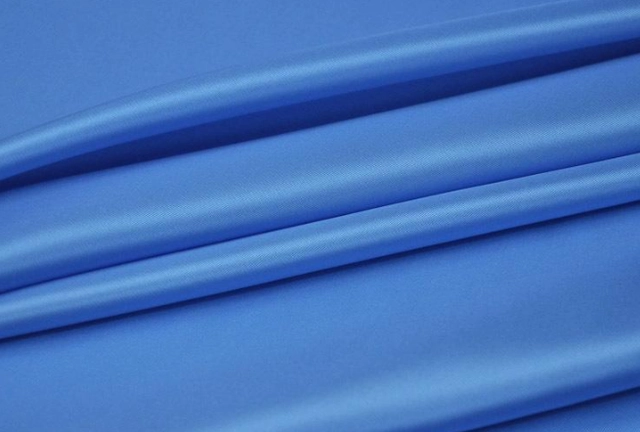We can often see a material called “viscose fiber” in the fabric composition. Some of the fabrics that contain this ingredient are look like cotton, while others have a silky texture.
People who know little about it can’t help but wonder: Does the sample have two faces? It also makes people wonder how to distinguish between them. Today we will learn about viscose fiber.
01-What is viscose fiber?
Viscose fiber is an ancient type of fiber that has been used for hundreds of years since 1893. It is a synthetic fiber made from wood or cotton, processed with chemicals to extract cellulose, and then spun into yarn. It is a regenerated cellulose fiber, and its English name is viscose. It is generally referred to as “viscose fiber”.
It can be divided into viscose short yarn and viscose filament according to the length of the fiber. Viscose short yarn looks and feels like cotton, so it’s also known as “rayon” or “artificial cotton”. Viscose long yarn looks and feels like silk, so it’s often called “rayon”. Blended fabrics made of viscose filament, short filament and cotton are called “cotton silk”.
02-Characteristics of viscose fiber
Viscose fiber is smooth and pure, making the fabric soft and comfortable to touch. It feels silky and smooth against the skin.
It also feels cool, conducts heat well, and the fabric is smooth with a high capacity to hold heat. When in contact with the skin, it can quickly conduct body heat into it, giving people a cool feeling. Therefore, some ice silk bedding products on the market are made of it as the main raw material.
It absorbs more moisture than cotton when the temperature is 20°C and humidity is 60%. Its moisture regain is 13%, which is 50% higher than cotton’s 8.5%. It also has better hygroscopicity. Because there are many grooves on the surface of the fiber, it can quickly conduct moisture and have good breathability.
Cheap and affordable: it is made from renewable wood, which keeps production costs low, resulting in a reasonably priced product.
Viscose, cotton, and silk are different fibers with variations in production, performance, and price.
03-The difference between viscose fiber and pure cotton/silk
1. The difference between viscose fiber and pure cotton
It is made from wood pulp or short-staple cotton. It is labeled as “viscose fiber” or “viscose fiber” after being washed. The raw material of pure cotton is natural cotton, and the washing standard is marked as “100% cotton”.
Touch and feel: Viscose fibers, whether long or short, have a soft and smooth feel. In contrast, although pure cotton feels soft, it may be slightly rough if the count is not high.
Moisture absorption and breathability: Viscose fiber has good moisture absorption and breathability, while pure cotton has good moisture absorption but average breathability.
Viscose fiber is not as strong or durable as cotton. It absorbs moisture better than cotton but also shrinks more, making it less long-lasting than pure cotton.
Viscose wrinkles easily, while cotton is less prone to wrinkling. Although it wrinkles after being held in the palm of your hand, the degree of wrinkles is lighter than that of viscose fiber.
Viscose fiber is not good with acid, alkali, and high temperatures. So, it needs gentle washing with neutral detergents. On the other hand, pure cotton fabrics can handle high temperatures, acid, and alkali well. They can be washed with most washing agents.
2. The difference between viscose fiber and silk
It is made from wood or short-staple cotton, while silk is made from protein-rich natural silk.
It feels soft and smooth, with a shiny surface; silk feels delicate and smooth, with a lustrous texture like pearls.
It absorbs moisture better than silk, but silk is more breathable than viscose fiber in the same conditions. Silk absorbs moisture and keeps skin dry. It also cools the body by dissipating heat and feels cool to touch.
Viscose fiber is cheap to produce, so it’s affordable. Silk, on the other hand, is complex to make and scarce, making it expensive.
All in all, viscose fiber, pure cotton, and silk all have their own unique advantages and obvious differences. When choosing to buy, you can choose based on your physical needs for clothing and your budget.
To have soft, absorbent, breathable, and affordable bedding, opt for viscose fiber. To have comfortable and durable bedding, opt for pure cotton. If you have a higher budget and want a delicate, smooth and luxurious feel, choose silk.
Besides viscose, cotton, and silk clothing, blended clothing that combines different fibers is also a great option. If the fabric is mostly viscose and has over 50% viscose content, it is usually very comfortable.





